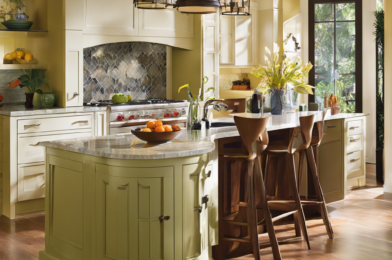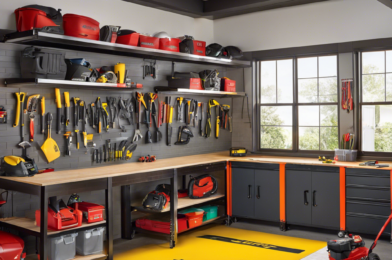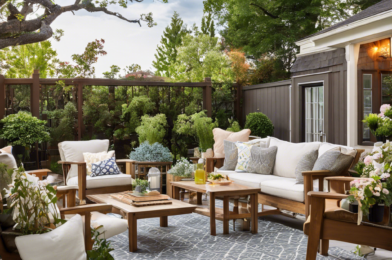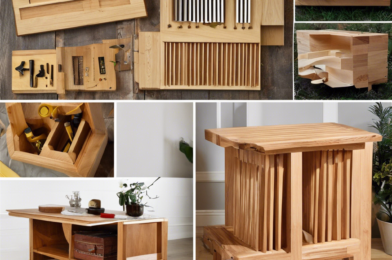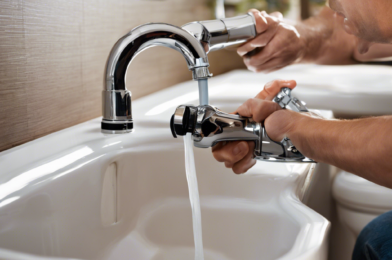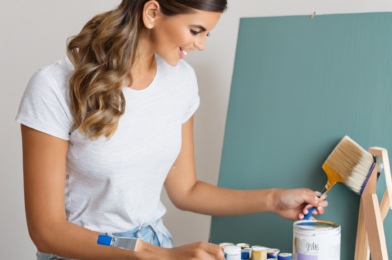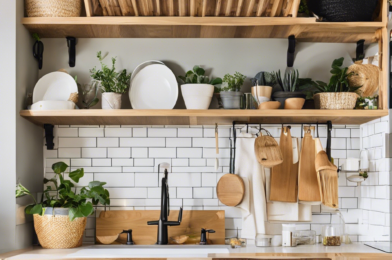Updating your kitchen cabinets can transform the look and feel of your space.New hardware is an easy way to breathe new life into your cabinets. Replace the existing knobs or pulls with modern brushed brass or matte black hardware for an updated look. Or for a minimalist feel, install recessed finger pulls.
A fresh coat of paint is one of the most dramatic updates you can make. Painting your cabinets a trendy color like navy blue or forest green can make a bold statement. For a more neutral but stylish option, consider shades of gray. Be sure to clean and lightly sand your cabinets, then apply a primer followed by two coats of paint.
Replace just the cabinet doors for an update that won’t break the bank. Cabinet doors see the most wear and tear, so switching them out for new doors in a different style or material can make your kitchen look brand new. You can find replacement doors to match your existing cabinet style or choose a new style altogether.
Install new molding to transform plain cabinet frames. Adding crown molding to the top of cabinets helps draw the eye upward and creates a custom built-in look. For shaker-style cabinets, add recessed panel molding. These simple trim pieces provide dimension and detail.
Replace or refinish your cabinet shelves. Swap out worn, mismatched shelves for new wood or glass shelves. Or have your existing shelves refinished or laminated for a sleek, uniform appearance. This subtle upgrade makes a big impact on the overall look and functionality of your cabinets.
Stain or repaint your cabinet interiors. Don’t forget about the inside of your cabinets! Staining, painting, or wallpapering your cabinet interiors is an easy way to refresh this often-overlooked space. Use a complementary or contrasting color to enhance your cabinet exteriors.
Install new cabinet lighting. Under-cabinet and interior cabinet lighting illuminates your workspace and highlights your cabinetry. LED strip lights or puck lights are easy to install and provide bright, energy-efficient lighting.
Replace outdated cabinet hardware. Swapping out old hinges and drawer slides for new hardware freshens up your cabinet functionality and prolongs the life of your cabinets. Look for high-quality, full-extension drawer slides and soft-close hinges for the best performance.
